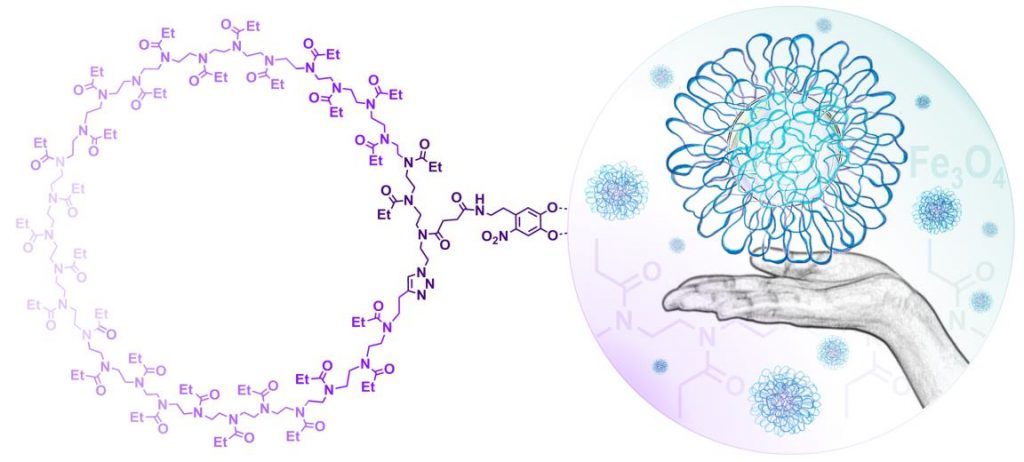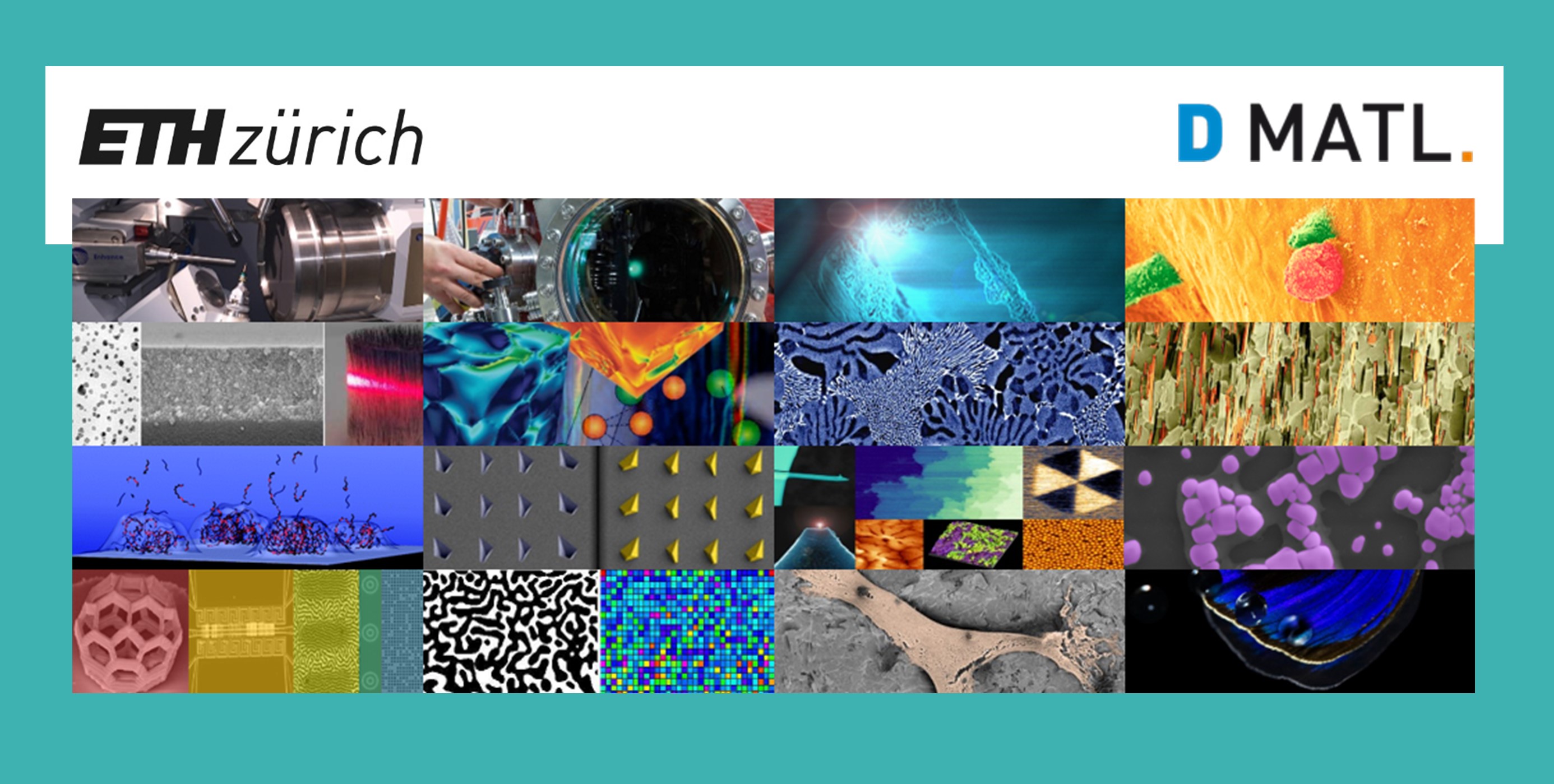Dr. Edmondo Benetti (Surface Science and Technology)
The application of distinctive polymer topologies, beyond the simple linear chain, to yield cyclic and loops-forming surface-grafted assemblies, enables a broad modulation of highly relevant, interfacial physicochemical properties. This is especially valid on flat surfaces, where the ultra-dense and highly compact character of cyclic polymer “brushes” provide an enhanced steric stabilization of the interface and a superlubricious behavior [1]. Alternatively, when cyclic brushes form shells on inorganic nanoparticles (NPs), their extraordinary structural properties make them impenetrable and long-lasting shields, which extend the stability of NP dispersions and hinder any interaction with serum proteins [2].
Polymer topology effects, typically observed in bulk or in solution are amplified by adding an additional boundary such as a grafting surface. Their precise tuning translates into materials with unprecedented properties and extremely high applicability.

Figure 1 The application of cyclic polymer shells on inorganic NPs provides enhanced stability and biopassivity to the colloids if compared to liner polymer analogues.
References
[1] G. Morgese, L. Trachsel, M. Romio, M. Divandari, S.N. Ramakrishna, E.M. Benetti Angew. Chem., Int. Ed. 2016, 55, 15583-15588.
[2] G. Morgese, B.S. Shaghasemi, V. Causin, M. Zenobi-Wong, S.N. Ramakrishna, E. Reimhult, E.M. Benetti Angew. Chem., Int. Ed. 2017, 56, 4507-4511.
